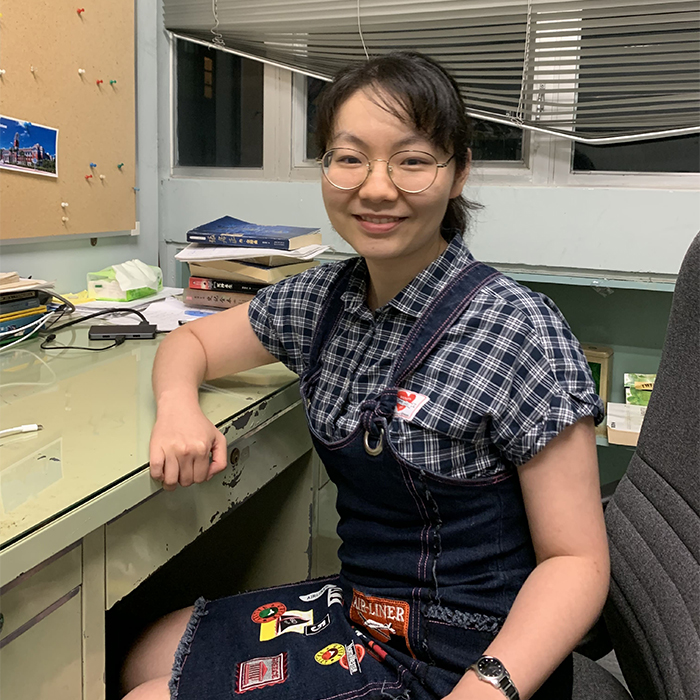
Yi Wang
Postdoc
The Chinese University of Hong Kong
Yi Wang is a Postdoctoral research Fellow in Electronic Engineering department at the Chinese University of Hong Kong (CUHK) (2021.01-now). She graduated with a B.Sc. degree from the University of Electronic Science and Technology of China in 2014 and received the Ph.D. degree in Electrical Engineering from CUHK in 2020 under the supervision of Prof. Hon Ki Tsang. Her research work mainly focuses on the hybrid integration of two-dimensional (2D) materials for high-speed optoelectronic devices including photodetectors and modulators. In previous studies, she has contributed to experimental demonstration of high-speed waveguide-integrated 2D PtSe2 photodetector, high-speed graphene photodetectors, modulators with GHz response speed based on bound states in the continuum photonic integrated circuits, and a novel plasmonic slot waveguide mode converter. She has rich knowledge of photonic devices design and nanofabrication with experience of processing various materials and device structures, including Si, SiO2, Si3N4, 2D materials, Lithium niobate and metals.
Hybrid Integration of Two-dimensional Materials for Photonic Devices
Hybrid integration of two-dimensional (2D) materials on photonic integrated circuits (PICs) open a new avenue for integrated photonics because of their unique properties such as broadband absorption, high optical nonlinearity, optical modulation, etc. Here we focus on the hybrid integration of 2D materials with PICs for optoelectronic applications. 2D materials hold great promise for photodetector applications. We propose and experimentally study several 2D materials-based photodetectors. First, we demonstrate a silicon ring resonator integrated graphene-silicon Schottky diode and theoretically study the low power saturation effect by modelling the free carrier density. Secondly, a hybrid integration platform for integrating graphene with bound states in the continuum (BICs) PICs is proposed. An ultrafast BIC-based waveguide-integrated graphene photodetector is experimentally demonstrated. We also study group-10 transition metal dichalcogenides (TMDs) for highspeed optoelectronics in near infrared. A broadband PtSe2 surface illuminated photodetector, a high-speed BIC waveguide integrated PtSe2 photodetector with low dark current and a silicon waveguide-integrated PdSe2 photodetector are demonstrated. Optical modulator is another crucial building block in photonics. First, we study the thermaloptical effect of graphene on BIC ring resonators. In addition, we demonstrate a high-speed graphene electro-optic (EO) intensity modulator with the BIC PICs. We also experimentally demonstrate a 2D PtSe2 optical modulator at 1550nm wavelength with gigahertz response. Integrated plasmonic structures can concentrate light to deep-subwavelength volumes below the diffraction limit and enhance the light matter interaction. Here we describe a structure for low-loss conversion between a dielectric waveguide mode and a plasmonic slot waveguide mode with large fabrication tolerance.